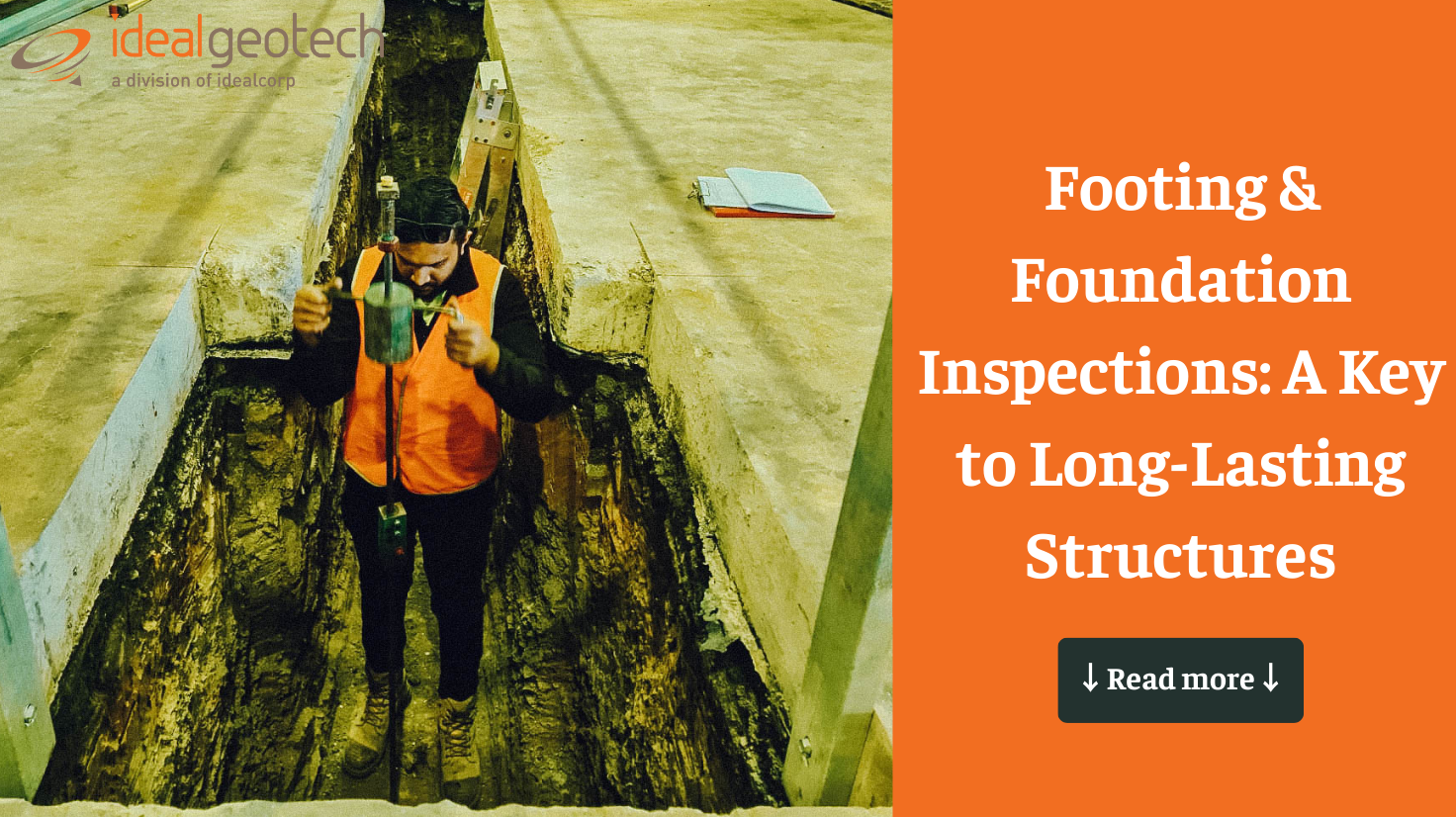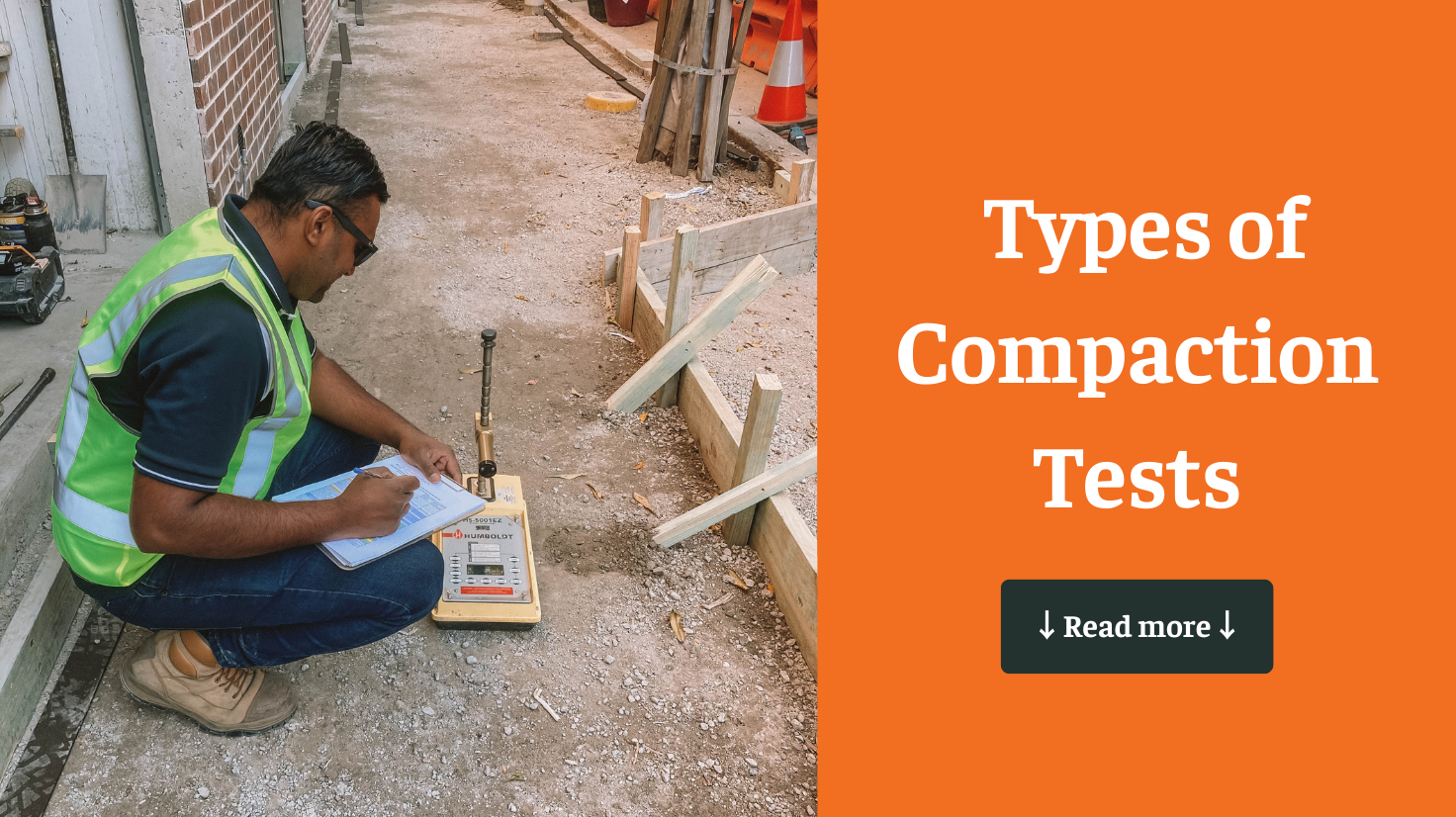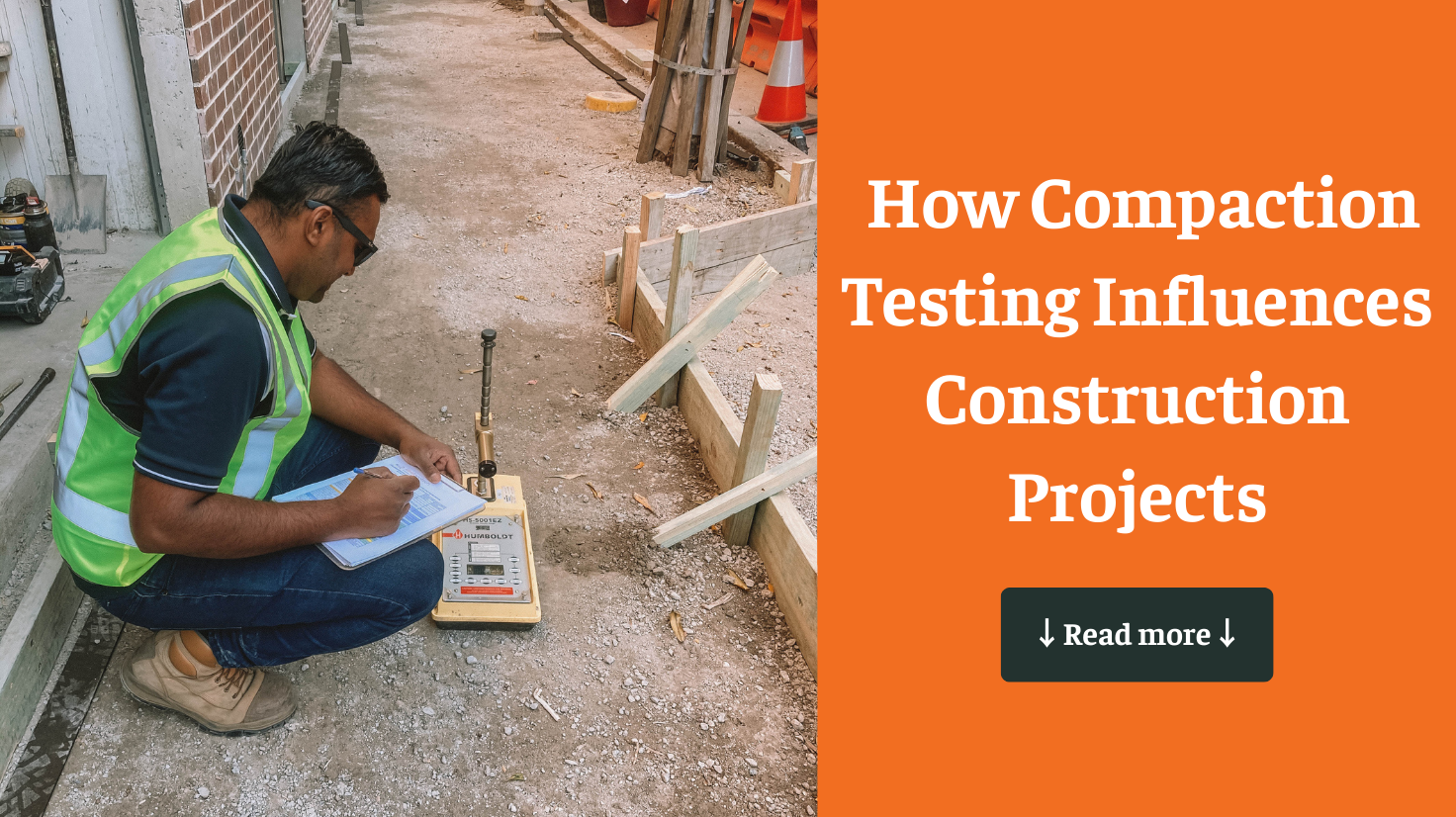1. Footing & Foundation Inspections
Footing and foundation inspections are critical for the safety and durability of buildings, particularly during construction and maintenance phases. These inspections serve several key purposes:
- Installation of Strip/Pad Footings: During initial construction, these inspections verify that the soil’s bearing capacity is adequate to support the building’s load. This step is crucial for preventing future structural problems like settling or foundation cracks.
- Addressing Problematic Sites: For sites with concerns such as soil instability, settlement, or existing structural damage like wall cracks, footing inspections are essential. These assessments help identify underlying issues that could compromise the building’s integrity, allowing for timely intervention. This might involve soil stabilization or other remediation efforts to ensure long-term stability.
- Upgrading Existing Structures: When planning modifications or expansions, especially in older buildings or those located in areas with challenging soil conditions, it’s essential to evaluate the existing foundations. Footing inspections determine whether the current foundations can support additional loads, which is crucial for avoiding future structural issues.
2. Inspection Methods
Footing inspections can involve a variety of methods, depending on the complexity of the project and the ground conditions at the site:
- Visual Assessments: For simpler projects, a visual inspection might be sufficient to assess the condition of the footings, looking for obvious signs of stress, cracking, or other issues.
- Soil Sampling and Testing: More complex sites may require soil sampling and testing to evaluate the soil’s composition, strength, and load-bearing capacity. This data is crucial for designing a foundation that can handle the site-specific conditions.
- Geotechnical Analysis: This involves borehole drilling and laboratory analysis to evaluate deeper soil conditions, ensuring that the foundation design is appropriate for the entire depth of the site.
- Load Testing: Directly measures the bearing capacity of the soil under controlled conditions, providing critical data for foundation design.
3. Reporting and Analysis
The results of footing and foundation inspections are compiled into a comprehensive report, which typically includes:
- Allowable Bearing Pressure: This indicates the maximum load the soil can support without the risk of settlement or failure.
- Recommended Footing Depth: Based on the soil analysis, the report will suggest the appropriate depth for footings to ensure stability, taking into account factors such as soil type, moisture levels, and any other site-specific conditions.
- Soil Composition and Condition: The report will detail the soil type (e.g., clay, sand, rock) and its condition (e.g., compacted, loose, wet), providing essential information for foundation design.
- Recommendations for Remediation: If issues are identified—such as insufficient bearing capacity or poor soil conditions—the report will include recommendations for remediation. This might involve soil treatment, adjusting the footing depth, or employing alternative foundation methods.
4. Importance of Footing & Foundation Inspections
These inspections are critical for ensuring the long-term stability and safety of any building. Properly conducted footing and foundation inspections can prevent costly repairs and potential hazards by identifying and addressing issues before they become serious. For builders and homeowners alike, these inspections provide peace of mind, knowing that their structures are supported by strong and reliable foundations.
For comprehensive footing and foundation inspections, Ideal Geotech offers expert services that ensure your construction projects are safe and compliant with all necessary regulations. Their experienced team provides detailed reports and practical recommendations tailored to your project’s specific needs.






